Rabeprazole
- CAS NO.:117976-89-3
- Empirical Formula: C18H21N3O3S
- Molecular Weight: 359.44
- MDL number: MFCD00868879
- EINECS: 601-501-2
- SAFETY DATA SHEET (SDS)
- Update Date: 2025-12-12 12:07:57
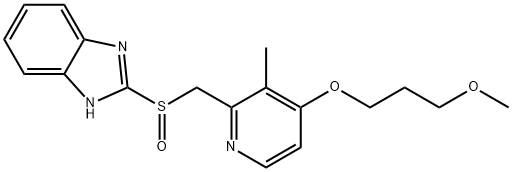
What is Rabeprazole?
Absorption
Absolute bioavailability is approximately 52%.
Description
Rabeprazole, a proton pump inhibitor (PPI), effectively lowers stomach acid production to alleviate conditions such as gastroesophageal reflux disease (GERD), ulcers, and other issues caused by excessive acid production. It belongs to the benzimidazole derivative family, sharing a structural similarity with omeprazole, another PPI. Rabeprazole hampers the activity of the gastric proton pump responsible for acid production. By binding to the pump, it obstructs the release of hydrogen ions into the stomach, ultimately reducing acid production. Furthermore, rabeprazole exhibits various biochemical and physiological effects. A study conducted on rats revealed that rabeprazole effectively decreases the gastric proton pump′s activity, leading to a decrease in gastric acid secretion.
The Uses of Rabeprazole
Rabeprazole is used to treat hyperacidity. It is a proton pump inhibitor that helps heal gastrointestinal ulcers, treats gastroesophageal reflux disease, and also treats hypersecretory disorders.
Indications
For the treatment of acid-reflux disorders (GERD), peptic ulcer disease, H. pylori eradication, and prevention of gastroinetestinal bleeds with NSAID use.
Background
Rabeprazole is an antiulcer drug in the class of proton pump inhibitors. It is a prodrug - in the acid environment of the parietal cells it turns into active sulphenamide form. Rabeprazole inhibits the H+, K+ATPase of the coating gastric cells and dose-dependent oppresses basal and stimulated gastric acid secretion.
What are the applications of Application
Rabeprazole is a proton pump ATP-ase inhibitor
Definition
ChEBI: Rabeprazole is a member of benzimidazoles, a sulfoxide and a member of pyridines. It has a role as an EC 3.6.3.10 (H(+)/K(+)-exchanging ATPase) inhibitor and an anti-ulcer drug. It is a conjugate acid of a rabeprazole(1-).
brand name
Aciphex (Eisai Medical Research) .
Mechanism of action
Rabeprazole is a proton pump inhibitor (PPI) and as such covalently binds with and inactivates the gastric parietal cell proton pump (H+/K+-ATPase). This inhibits in turn gastric acid production and raises gastric pH[1].
Pharmacokinetics
Rabeprazole prevents the production of acid in the stomach. It reduces symptoms and prevents injury to the esophagus or stomach in patients with gastroesophageal reflux disease (GERD) or ulcers. Rabeprazole is also useful in conditions that produce too much stomach acid such as Zollinger-Ellison syndrome. Rabeprazole may also be used with antibiotics to get rid of bacteria that are associated with some ulcers. Rabeprazole is a selective and irreversible proton pump inhibitor, suppresses gastric acid secretion by specific inhibition of the H+, K+ -ATPase, which is found at the secretory surface of parietal cells. In doing so, it inhibits the final transport of hydrogen ions (via exchange with potassium ions) into the gastric lumen.
Pharmacokinetics
Rabeprazole is marketed as an enterically coated formulation due to the instability of all PPIs in an acid environment. After oral ingestion, it is relatively rapidly absorbed as the maximal plasma concentration reaches between 2.8 and 5.1 postdose. The pharmacokinetics of the molecule is linear in the range 10–80 mg with an overall bioavailability of 52%. Rabeprazole does not have a saturable first-pass metabolism, and it can be absorbed in high doses.
Neither antacids nor food influences the bioavailability of the molecule, even if food intake delayed the absorption of rabeprazole 20 mg of about 1.7 h and reduced the apparent elimination half-life due to a probable delayed gastric emptying. Preclinical studies have demonstrated that rabeprazole’s volume of distribution is 0.34 L/kg in various tissues, including the gastric mucosa, stomach, kidney, bladder, liver, intestine, and thyroid. In healthy volunteers, it was demonstrated to be bound to 94.8%–97.5% of plasma proteins.
Side Effects
The more common side effects of rabeprazole can include: headache. pain in the abdomen (stomach area) sore throat.
The serious side effects of rabeprazole can include: has stomach cramps, bloated feeling, watery and severe diarrhea which may also be bloody sometimes, fever, nausea or vomiting, or unusual tiredness or weakness. This medicine may increase your risk of having fractures of the hip, wrist, and spine.
Drug interactions
A product that may interact with this drug is: methotrexate (especially high-dose treatment).
Some products need stomach acid so that the body can absorb them properly. Rabeprazole decreases stomach acid, so it may change how well these products work. Some affected products include ampicillin, atazanavir, erlotinib, levoketoconazole, nelfinavir, pazopanib, rilpivirine, sparsentan, certain azole antifungals (itraconazole, ketoconazole, posaconazole), among others.
Metabolism
Hepatic
Dosage
Rabeprazole is usually taken once a day. Follow all directions on the prescription label and read all dosing instructions or instruction sheets. Use the medication exactly as directed.Rabeprazole is only suitable for short-term use, usually 4 to 8 weeks. If you need additional treatment time, your doctor may recommend a second course of treatment.
References
[1] Fabio Pace. “A review of rabeprazole in the treatment of acid-related diseases.” Therapeutics and Clinical Risk Management 3 3 (2007): 363–79.
Properties of Rabeprazole
| Melting point: | 99-100° (dec) |
| Boiling point: | 603.9±65.0 °C(Predicted) |
| Density | 1.33±0.1 g/cm3(Predicted) |
| storage temp. | Inert atmosphere,Store in freezer, under -20°C |
| solubility | DMSO (Slightly), Methanol (Slightly) |
| form | Solid |
| pka | 9.57±0.10(Predicted) |
| color | Light Brown to Very Dark Brown |
| Stability: | Hygroscopic |
| CAS DataBase Reference | 117976-89-3(CAS DataBase Reference) |
Safety information for Rabeprazole
Computed Descriptors for Rabeprazole
Rabeprazole manufacturer
New Products
4,4-Difluoropiperidine hydrochloride tert-butyl 9-methoxy-3-azaspiro[5.5]undecane-3-carboxylate Indole Methyl Resin N-Isopropylurea N,N-Dicyclohexylcarbodiimide(DCC) MELDRUMS ACID 5-METHYLISOXAZOLE-4-CARBOXYLIC ACID Magnessium Bis glycinate Zinc ascorbate 1-bromo-2-butyne 2-acetamidophenol 9(10H)-anthracenone Erythrosin B, 4-Piperidinopiperidine 2-((4-morpholinophenylamino) (methylthio) methylene) malononitrile 2,4-dihydroxybenzaldehyde 3-(4-morpholinophenylamino)-5-amino-1H-pyrazole-4-carbonitrile Methyl 2-methylquinoline-6-carboxylate 2,6-dichloro-4-nitropyridine 4-Bromo-2-chlorobenzonitrile 2-(benzylamino)acetic acid hydrochloride 4-(tert-Butoxycarbonylamino)but- 2-ynoic acid 3,4-dihydro-2H-benzo[b][1,4]dioxepine 1-Phenyl-1-cycloprppanecarboxylicacidRelated products of tetrahydrofuran


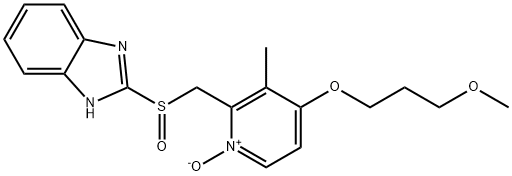
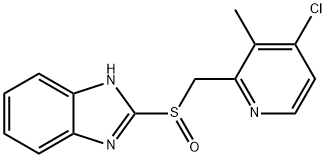
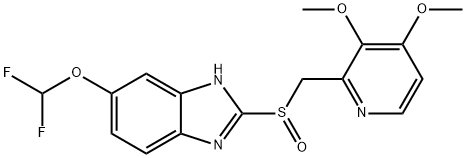

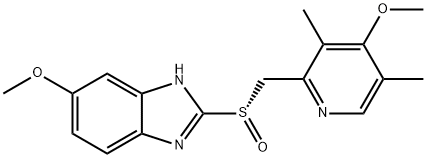
![1-[[4-(3-Methoxypropoxy)-3-methyl-2-pyridinyl]methyl]-2-[[[4-(3-methoxypropoxy)-3-methyl-2-pyridinyl]methyl]sulfinyl]-1H-benzimidazole](https://img.chemicalbook.in/CAS/GIF/935260-92-7.gif)
You may like
-
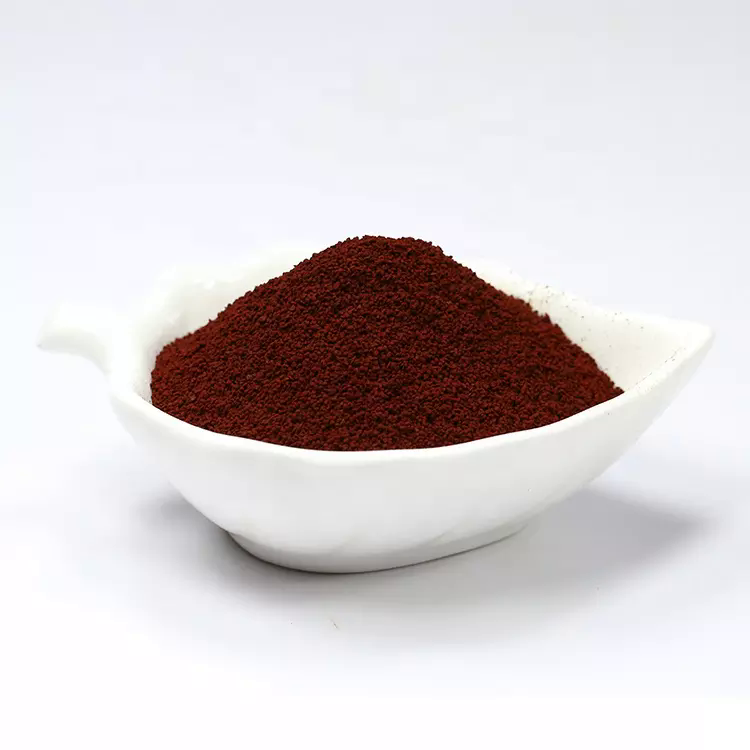 117976-89-3 Rabeprazole-IP/USP/IHS 98%View Details
117976-89-3 Rabeprazole-IP/USP/IHS 98%View Details
117976-89-3 -
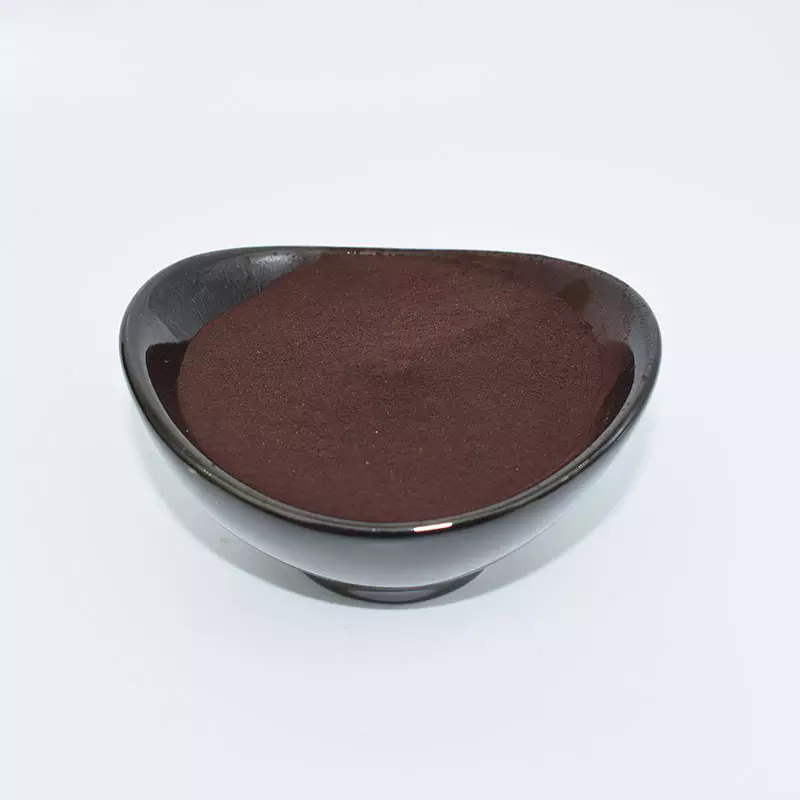 117976-89-3 98%View Details
117976-89-3 98%View Details
117976-89-3 -
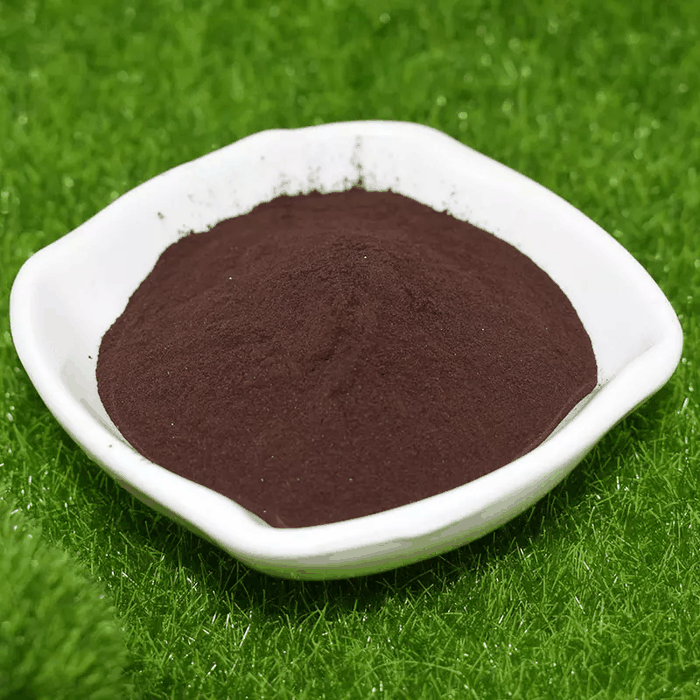 Rabeprazole 98%View Details
Rabeprazole 98%View Details -
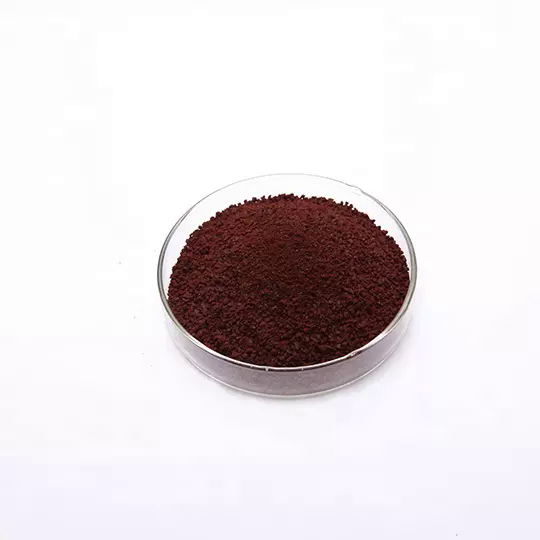 Rabeprazole 98%View Details
Rabeprazole 98%View Details -
 Rabeprazole 117976-89-3 98%View Details
Rabeprazole 117976-89-3 98%View Details
117976-89-3 -
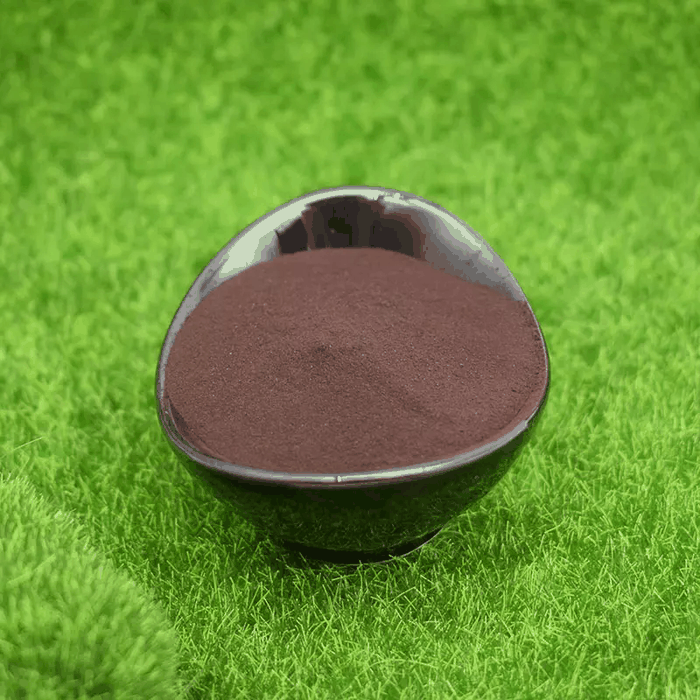 117976-89-3 Rabeprazole 98%View Details
117976-89-3 Rabeprazole 98%View Details
117976-89-3 -
 Rabeprazole 95% CAS 117976-89-3View Details
Rabeprazole 95% CAS 117976-89-3View Details
117976-89-3 -
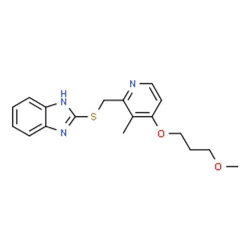 RABEPRAZOLE CAS 117976 89 3, 20 mgView Details
RABEPRAZOLE CAS 117976 89 3, 20 mgView Details
117976-89-3
